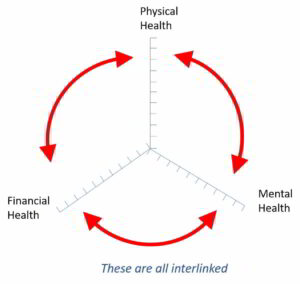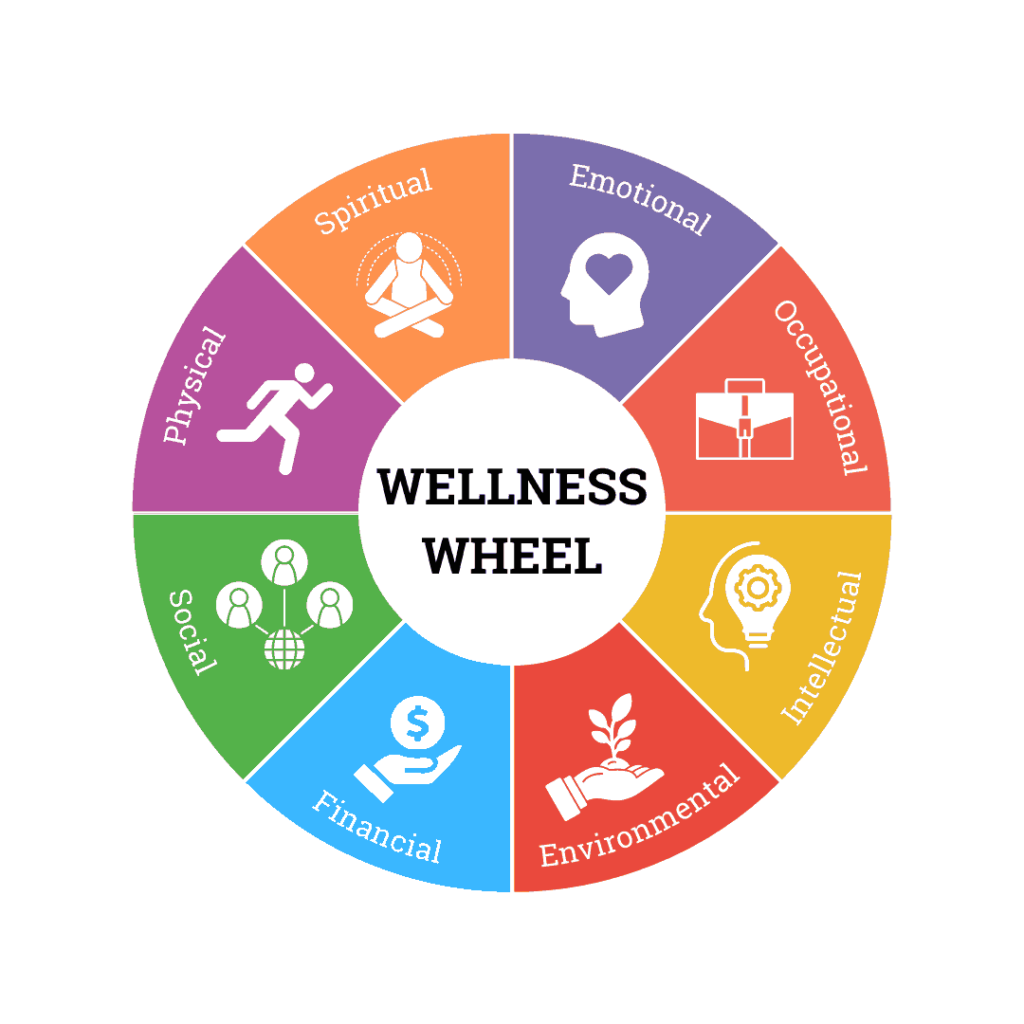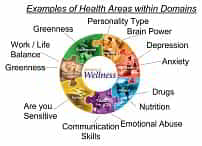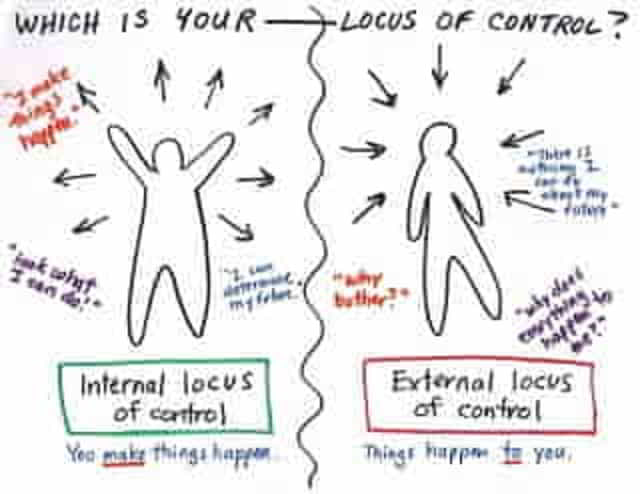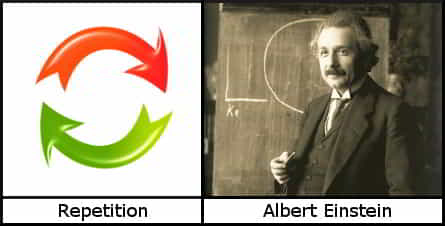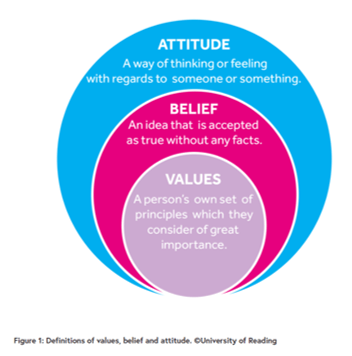Your Dashboard Tools
it's 19 Sep, 2024 7:09 pm
Dealing with Personality Disorder
field_5f0c304c72876 - is the title of the exercise
Exercise Summary
In many instances a serious personality disorder requires professional medical help. But there are some basic things people can do to self help.
Personality disorders
Personality describes the characteristic patterns of thinking, feeling and behaviour that make up who we are and how we feel about ourselves. For most people this remains fairly consistent across situations and time. For some individuals, however, they may experience difficulties in how they think and feel about themselves and others.
For someone experiencing a personality disorder (PD) these difficulties are ongoing and problematic, negatively affecting their well-being, mental health and relationships with others.
It is difficult to find a comprehensive definition for these conditions, which include Borderline Personality Disorder (BPD) and Anti-Social Personality Disorder (ASPD), as the concept of personality and self are difficult to define. Because of this difficulty, PD can often go unrecognised and undiagnosed for a long time. These conditions are however common conditions in our society and around 1 in 20 people in Britain have a PD.
A PD affects how an individual copes with life, how they manage emotions and connect with other people. People with a PD may find that their beliefs and attitudes are different from most people who may find their behaviour unusual, unexpected or even offensive at times. As a result, individuals with PD’s may have difficulties with:
making or maintaining relationships
connecting with other people, including friends, family or work colleagues
managing and controlling their emotions
coping with life and difficult feelings
controlling their behaviours and impulses.
As a result, individuals with PD’s may feel isolated and alone. Individuals with these disorders are at a higher risk of suicide, with higher levels of self-harm and drug/alcohol abuse being reported by individuals as methods of coping with these difficult and overwhelming emotions and feelings.
There is also a higher risk of experiencing other mental health conditions, such as depression, with PD’s.
Due to the complexity and impact of these disorders there is growing acknowledgment that PD’s are a major mental health issue that needs further attention and investment within mental health.
Types of Personality Disorder
There is a difficulty in defining the range of PD’s that are experienced. There are currently ten distinct types of PD that fall into six personality types.
These categories include:
– borderline personality disorder (BPD)
– obsessive compulsive personality disorder (OCPD)
– avoidant personality disorder (AvPD)
– schizotypal personality disorder (STPD)
– antisocial personality disorder (ASPD)
– narcissistic personality disorder (NPD).
These six PD types, or ‘clusters’, replace the three previous categories of ‘suspicious personality disorders’, ‘emotional and impulsive personality disorders’ and ‘anxious personality disorders’ and also include a diagnosis of Personality Disorder—Trait Specified (PD-TS) that could be made when a Personality Disorder is considered present, but the criteria for a specific PD are not fully met.
There is much debate about the use of diagnostic categories for PD’s with many people feeling that such categories are judgemental, and the label stigmatising. For example negative associations have been made between these conditions and crime. While this may be true for some individuals with PD’s this is a generalisation and not the case for many people with this condition. For example, some people with anti-social or psychopathic PD may be dangerous, people diagnosed with BPD or PPD are more likely to harm themselves or take their own life. See PersonalityDrive for more info.
Main Activity
Study, educate and create an action plan of activity
Treatments and self management strategies
There is not a lot of self help available in terms of Personality disorders. We strongly advise you visit your GP for guidance.
This activity focuses on understanding more about the problem.
Very little research has been undertaken examining effectiveness of treatments for PD’s. However it is widely accepted that these conditions may be managed well with talking therapies leading to improvement for many individuals.
Treatments for PD’s may include Psychodynamic Psychotherapy, Cognitive Behavioural Therapies, Therapeutic Communities (TC) and medication, as outlined below.
Psychodynamic treatment
This treatment emphasises personality structure and development. It aims to help people understand their feelings and to find better coping mechanisms. This approach has shown varied success and it is likely to be less effective for those with addiction and/or ASPD.
Cognitive and Behavioural Therapy
Cognitive and behavioural therapies, such as cognitive therapy, dialectical behaviour therapy, interpersonal psychotherapy and cognitive analytic therapy can be helpful, particularly for BPD. Most cognitive behavioural approaches address specific aspects of thoughts, feelings, behaviour or attitude, and do not claim to treat the entire PD of the person. Research suggests that there are some short-term benefits to these approaches but more research is required into the long-term benefits.
Therapeutic Communities (TC)
The TC approach involves living in a therapeutic community for several months. Engagement in therapy is voluntary and the responsibility for the day to day running of the TC is shared between patients and staff. Members of the TC are encouraged to talk about their feelings, and particularly their feelings about each other’s behaviour. This encourages them to think about the effect of their own behaviour on other people. The effect of TC for people with PD is still being researched but early findings suggest this may be a promising approach and valuable in improving mental health and well-being for those affected by PD’s.
Medication (pharmacological treatments)
Currently there is no one medication that is used solely in the treatment of PD. However guidance by NICE suggests that medication can be used to help treat and alleviate other co-occurring problems such as depression, anxiety and psychotic symptoms, particularly for BPD.
Video
Title
Summary
Play
Now you have to decide if you want this exercise to be part of your action plan.
If you don’t, then either hit the back arrow or click the button to go back to look at another exercise.
If you do, then carry on down the page and follow the instructions.
If you want to include this exercise in your action plan, select Yes from on the right then click the green button saying ‘Include this exercise’.
Sadly you’ll go back to the top of this page – please scroll down and fill in the bits that appear before here.
Add a comment
You can leave a comment below – we’ll get back to you.
